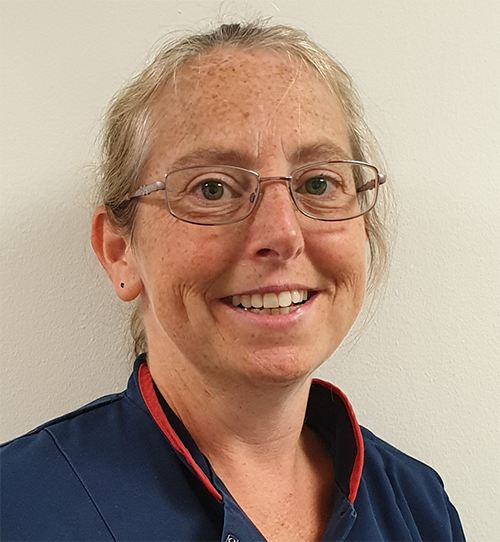Carole Young

Carole is an independent TVN Consultant and Educator. She is a Florence Nightingale Leadership Academy Alumni and a Professional Nurse Advocate (PNA), she offers clinical supervision and mentoring.
Carole is also an Associate Lecturer at Anglia Ruskin University teaching clinical skills for student nurses and is also an independent writer.
She was the Lead TVN Specialist at Cambridge University Hospitals NHS Trust for 20 years and has worked on several regional and national tissue viability related initiatives. She is passionate about improving quality of life for patients with complex wounds and has an interest in trauma and malignancy related wound management.
Outside of work, Carole is a keen sailor and is a qualified skipper, holding certificates in ocean safety, sea survival and first aid; and spends part of the year sailing and working aboard her boat.
Poster Presentation (Research category) at The Society of Tissue Viability 2023 Conference
When is a pressure ulcer not a pressure ulcer? Complexities associated with identifying aetiology of DTI (deep tissue injury) following trauma
Abstract
This paper focuses on the complexities of determining whether a deep tissue injury (DTI) is caused by pressure or trauma.
In the author’s experience, there are occasions when a wound is reported as a pressure ulcer but by investigating the patient history and events leading to the tissue damage it is possible to establish that a wound may not be a pressure ulcer at all. For the inexperienced generalist, alternative causes of wounds may not be easily recognised.
While pressure damage occurs over time; when a person is involved in high intensity, short duration shear and pressure forces during trauma, injuries seen are often confused with pressure damage.
The intensity of pressure and shear exerted in a rapid impact such as blunt force trauma or rapid deceleration in RTAs causes compression, distortion, and ischaemia of tissues at the point of impact, resulting in the appearance of a severe DTI.
Kim et al (2017) identified that when a vehicle is accelerating, the shear forces to the back and buttocks are in the opposite direction to the vehicle and push the body down and back towards the seat; whereas if the vehicle is decelerating, the body continues to move forward and lifts from the seat, before landing heavily at an angle. Kim et al (2017) were in the business of designing more comfortable car seats, but the information gleaned helps us to understand how trauma patients can present with what appears to be a DTI pressure ulcer a few days into their stay in hospital but is actually a traumatic shear injury.
Like DTI pressure ulcers, traumatic DTI also occur deep in the tissues, over the bone or between the muscle fascia and subcutaneous tissue. These traumatic injuries are sometimes known as a Morel-Lavellée lesion or a closed de-gloving injury.
This evidence review and case studies demonstrate the challenges faced by HCPs in recognising and accurately documenting the aetiology of these wounds.
In conclusion, having an in-depth understanding of the forces involved in high velocity trauma can help practitioners to recognise the potential injuries which may become apparent in days following admission to hospital and enable accurate assessment and care planning.














